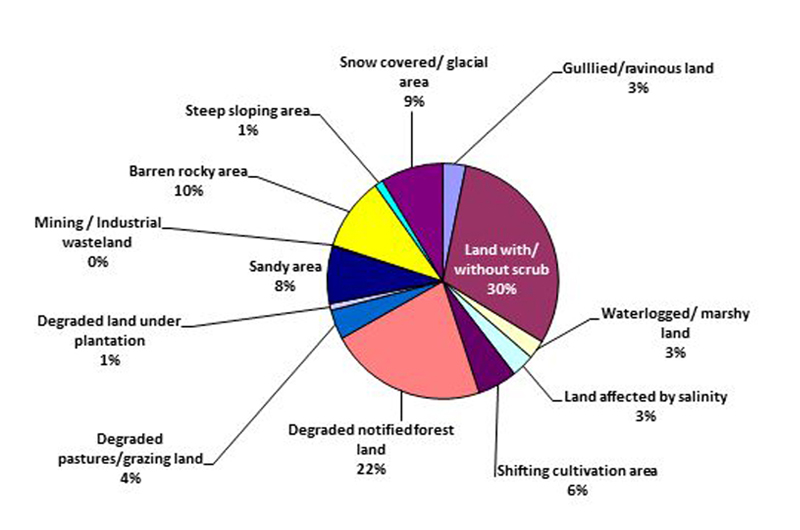N.S. Venkataraman underlines the urgent need for a comprehensive policy to ensure sufficient land availability at competent rates for alternative power generation units to meet the 2030 renewable energy target
Acquiring land is one of the biggest challenges for solar project developers in India, as large tracts (around 6000 square metres or roughly 1.5 acres for a 1-megawatt project) are required, and the price of land is a critical component of the overall project cost. By the end of December 2023, India’s installed solar power capacity was around 74 GW and around 45 GW for wind power. With a target of 500 GW of renewable power projects by 2030, the installed capacity of solar power projects has to be increased many times. For this, land acquisition issues should be sorted out conclusively.
In a densely populated country like India, acquisition of land, whether for industrial, commercial, infrastructure, mining or other purposes, has been a ticklish issue. In several cases, agricultural land is being taken over, and there has been severe public resistance to this, as it impacts the lives of those who depend on land for livelihood. A careful and dispassionate study reveals that the apprehensions and anxiety of the people are genuine and cannot be ignored. As a result, in the past decade, a number of proposed industrial and infrastructure projects across the country have been shelved or seriously delayed.
It is high time that the Government of India drew up a comprehensive policy to ensure adequate land availability for solar power projects without disturbing agricultural operations or upsetting the livelihood of people in the lower income group. A detailed country-wide land audit is necessary to identify surplus / unused land which can be acquired by the government to set up solar power projects.
There are many sick industrial units in the large-, medium- and small-scale sectors which have not been in operation for several years, and have no prospects of being reopened, with large areas of unused land. Such land can be utilised instead of taking over farmland. A 2015-16 study estimated that India has around 55.76 million hectares of wasteland (16.96 per cent of the country’s total area), including dense scrub, waterlogged, marshy land, sandy areas, degraded pastures / grazing land, alkaline and saline land, barren rocky areas, etc (Source: NRSC, ISRO, Department of Space & Department of Land Resources, Ministry of Rural Development). Such wasteland can be reclaimed and put to use for setting up solar power projects.
Even unused land belonging to operational industrial units, educational institutions and Central and state government concerns, including the Indian Railways, can be put to use for the purpose. Unfortunately, no organised study has been initiated by the government so far to assess the availability of unused and wasteland and the feasibility of putting these areas to use. The government should treat this as a matter of urgency.
(The writer is managing trustee, Nandini Voice for the Deprived. He is a chemical engineer and lives in Chennai.)



 from Webdoux
from Webdoux